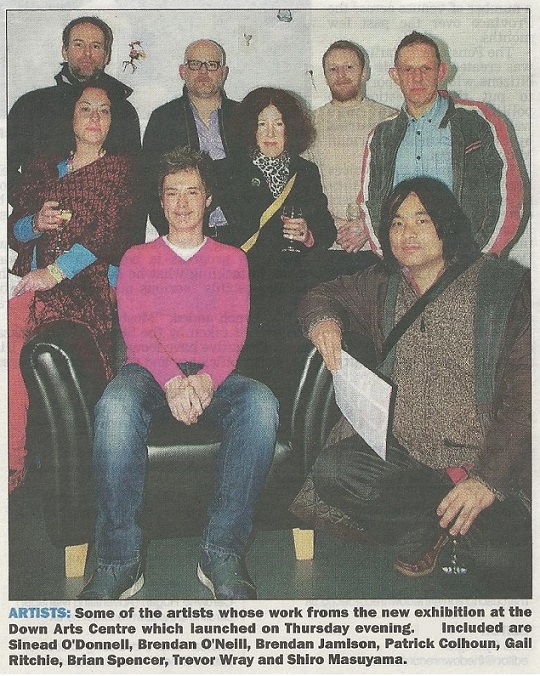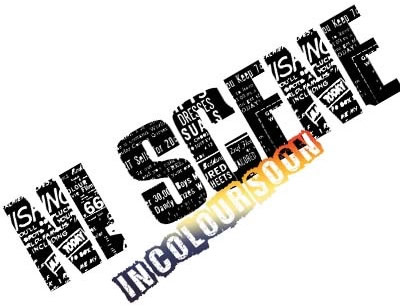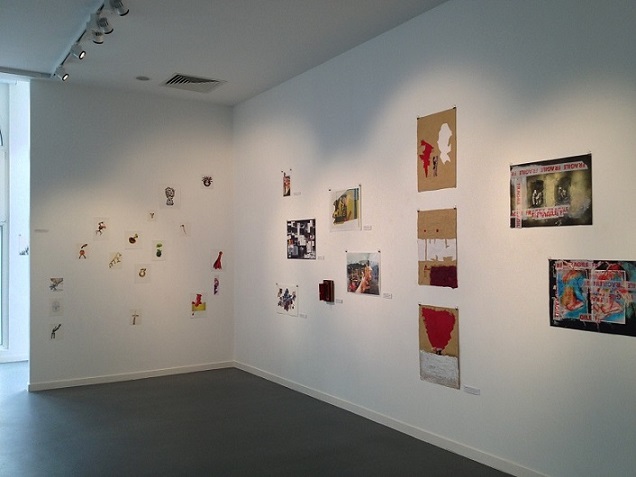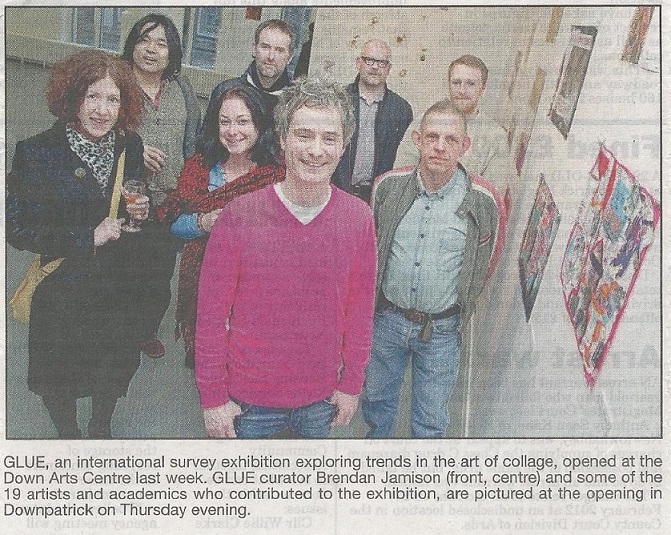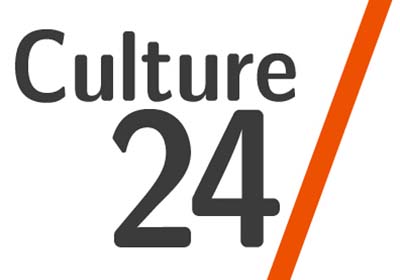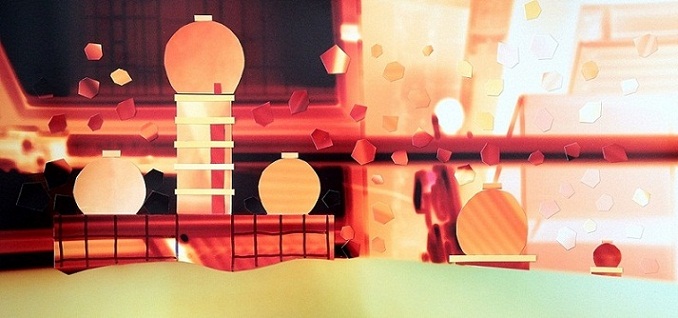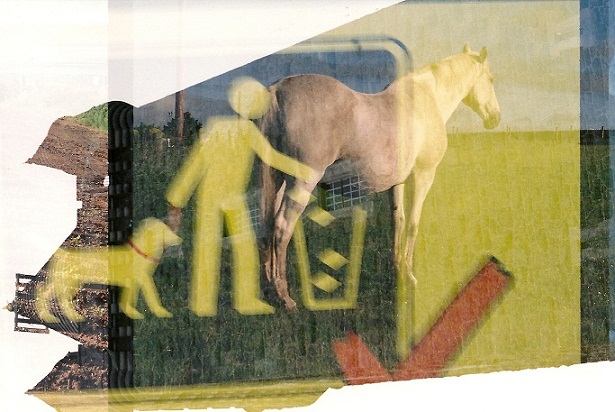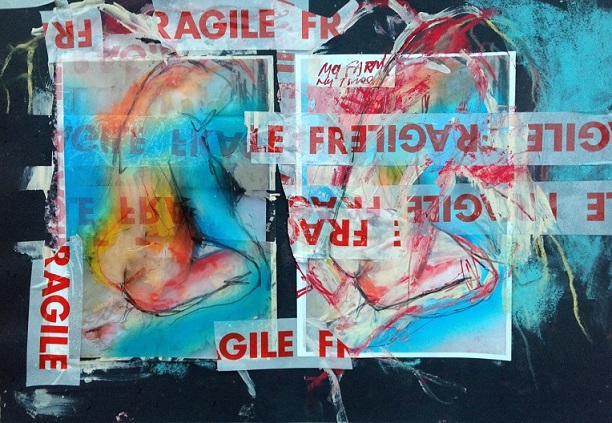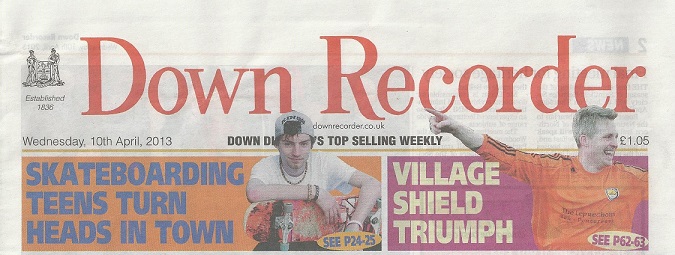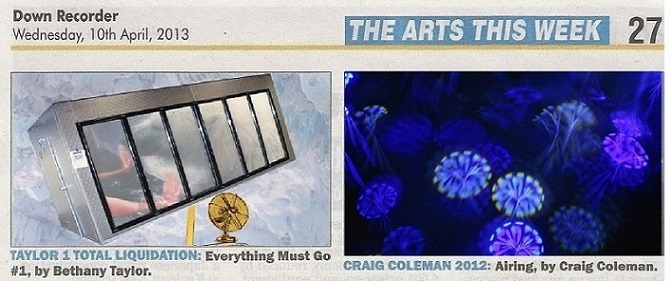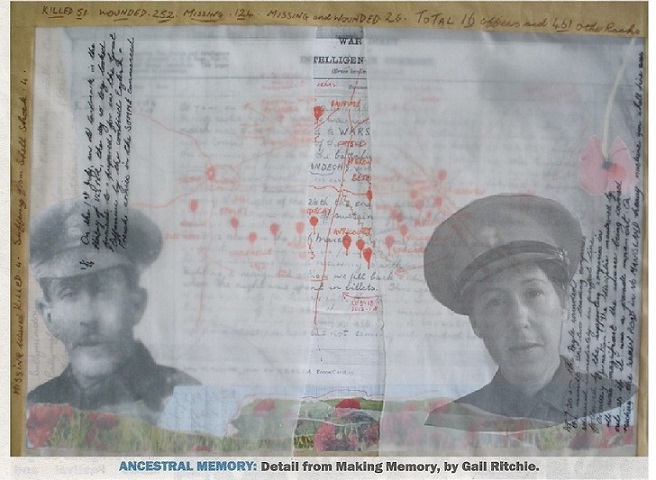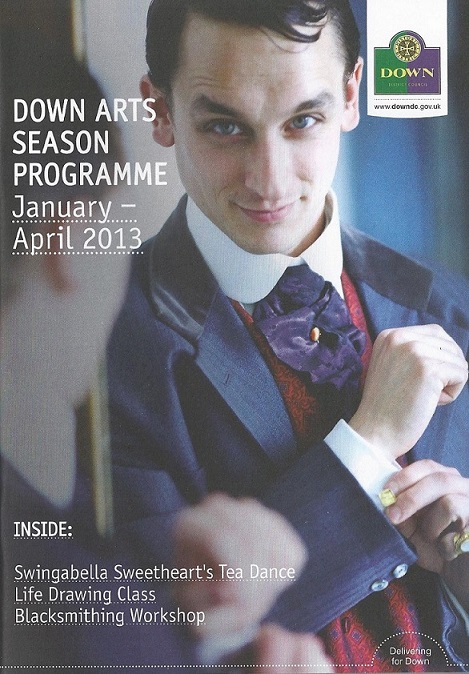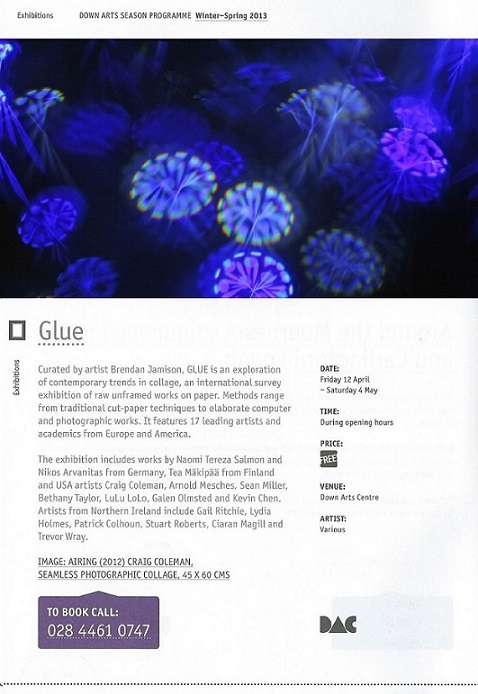REVIEW: GLUE EXHIBITION AT DOWN ARTS CENTRE, DOWNPATRICK, NORTHERN IRELAND
Impact! If you like the cutting-edge art scenes of
London, Berlin and New York then this is the exhibition for you. Never has the
Down Arts Centre seemed more contemporary or more relevant to the global
dynamics of the art world. ‘Glue’ is a survey exhibition of collage by leading
artists and academics from across Europe, America and Asia. Half of the
exhibition features raw studio works of cut-paper techniques combined with
photographic and digital collages. The other half of the show presents works on
paper as fully-resolved artworks.
The fresh aesthetic of the exhibition
is the brainchild of it curator, Brendan Jamison, an international artist in his
own right, who has travelled the world and brought it home in the form of this
exhibition. Last year he established ‘Impactica’, a not-for-profit organisation
offering curated touring exhibitions to galleries and museums. It links in with
curators in other countries and after its debut in Northern Ireland, the ‘Glue’
show tours to America early next year. Professor Craig Coleman will co-curate
the second leg of ‘Glue’ at the Hardman Hall Gallery at Mercer University in
February 2014. This will be followed in March 2014 by an expanded version of
‘Glue’ at WARPhaus and the 4Most Gallery at the University of Florida,
co-curated by Professor Sean Miller.
The exhibition opens with ‘Link’, a
striking series of 4 photographic works by Tea Mäkipää, an artist who
represented Finland at the 2009 Venice Biennale. Appearing like stills from a
film, an individual ape-like character is depicted in a forest-scene, moving out
of the trees into the water to fish. Theories of evolution spring to mind, all
the more so, given the placement of ‘Link’ next to Brendan O’Neill’s religious
posters. These vibrant text works of biblical scripture are intricately carved
into with a scalpel knife, revealing the outlines of weapons of destruction.
From guns to bullets and rockets, the subtlety of this piece rewards the viewer
as they edge closer to the works. This connection between extremist religious
views and violence is intelligently placed opposite a collage of George W. Bush,
who famously used the term ‘axis of evil’ in waging war through his own
deep-rooted religious conviction. Protected behind plexi-glass, ‘W’ is created
by Sean Miller from hundreds of tiny chads, the actual punched voting parchments
from the controversial election recount in Miami in the year 2000 between Bush
and Al Gore.
While Bush entered the White House, Al Gore pursued his
passion to campaign on issues of global warming and climate change, themes which
are championed by Bethany Taylor, a Florida-based Professor who presents a
melting ice-berg with an elaborate network of water pipes, a collage bursting
with dynamic energy and an innovative composition that leaves the viewer
circumnavigating the space, like an explorer in the North Pole.
Turning
the corner, the exhibition shifts into a different gear with Gail Ritchie’s
‘Making Memory’, a recreation of one section of her studio wall from a five
year research project into ancestral narratives. Both personal and public -
images, sketches, notes and diagrams depict Ritchie’s grandfather and
great-grandfather who both served in the armed forces. Dressing in identical
uniform and adopting a similar pose, Ritchie inserts herself into these
photographs by digital manipulation, attempting to access memories which are not
her own but part of her genetic make-up. The project culminates in 2014 with the
100th anniversary of the commencement of the First World War.
Next to
this corner of the gallery, another anniversary is reflected in Brendan
Jamison’s collaboration with Peter Richards, where vibrant colour-saturated
pinhole photography depicts a cold war spy station. Built 50 years ago by the
Americans in 1963 on West Berlin’s highest hill, Teufelsberg, it was designed to
spy on conversations across ‘the wall’ deep into the Communist East. The
constructions of the 5 radome buildings appear like something out of a
science-fiction movie, accentuated by the artificial glow of the pinhole
photography technique. Continuing the architectural theme, Kevin B. Chen presents fictional cityscapes created from fragments of books, sprouting upwards
the configuration has an alluring organic suggestion, like the bulbous head of a
flower about to reveal its petals. The buildings also appear to vibrate, as if
each skyscraper is about to shoot up into the air like a rocket into space.
Next to Chen, an organic aesthetic is also presented by Craig Coleman,
offering photographic imagery that captures objects in flux, hypnotically
transfixing the viewer by the sheer beauty and depth of these illusory spaces.
Coleman’s seamless collages are made by removing the lens of a 35mm DSLR camera,
holding transparent images and objects up to the opening of the camera and then
employing small LED lights to cast shadows of these objects into the back of the
camera. The transparency of these finished works, combined with the glow of
light and movement, offers a strong link to another photographic artist’s work
around the corner. Also adopting a non-digital approach, Trevor Wray builds his
images with 35mm negatives, layering one on top of the other, with the final
image only revealed once the negatives are developed. A yellow outline of a
figure walking into the rear of a horse offers a humorous element in a gallery
wall punctuated with collages at different levels, creating a visual feast for
the viewer. Wray’s fun and playful process also reflects back to the origins of
collage around 100 years ago as Georges Braque (1882-1963) and Pablo Picasso
(1881-1973) introduced the medium into the modern art world.
Art history
is also hinted at by Lydia Holmes who has been inspired by the Futurist
movement’s (1909-1944) interest in technological advancement. In a contemporary
twist and offering a gentle feminine sensibility, an entire wall is devoted to
17 collages arranged at different heights, with the imagery appearing like an
assemblage of hybrids, some are robotic, while others appear like organisms
growing on an ocean seabed or perhaps they are experiments created in a
laboratory. A beautiful rhythm extends across the entire compositional display,
and some of the forms, such as the captivating spider-like creature seem to
crawl across the wall.
The exhibition perpetually oscillates between
global issues on the one hand and the personal and intimate on the other.
Perhaps the most intimate romantic work is by Japanese artist Shiro Masuyama who
created a collage plan for a public art project at the Tama River in Toyko.
Noticing the peculiar phenomenon of couples sitting at equidistance from each
other on the banks of the river to ensure each others’ privacy, Masuyama
designed booths for each couple with male and female symbols cut out of the back
of the enclosed benches.
Delivering a tour of the exhibition, the
curator discussed the different approaches that are adopted by 2D and 3D artists
and outlined how works by performance artist Sinéad O'Donnell illustrates her
strong spatial awareness of objects and the human body. Created as preparation
for live events in Mexico in March 2013, the series entitled ‘erasing HER
history’ explores the invisibility of women in Muslim and Christian religions.
Equally, American performance artist LuLu LoLo combines a passion for historical
research with contemporary performance art, often focusing on the dramatic
struggle of women from New York City’s past. Transforming book covers to insert
her own character in a playful fashion, she employs collage to experiment with
new personas that become developed into live actions.
From the fun
aspect of LuLu Lolo’s collages, the viewer is then greeted by darker and more
horrific themes in the work of Fion Gunn who has cut open ‘Justine’, a French
book by the Marquis de Sade, a writer who dealt with themes of sadism and
masochism. With sentences cut into tiny strips, the book becomes a mass of
fragments, butchered and penetrated with sharp pins. An open red door is
attached to the front cover but the pages are all glued together, with the book
never able to be opened again. Beside Gunn’s powerful statement, a sense of pain
and torture is also revealed in Patrick Colhoun’s collage from his studio wall,
with sketches and images outlining the thinking processes behind his
carcass-like sculptures. Again, a strong sense of space is revealed in this work
as the viewer walks into the mind of the artist as they imagine how the
sculpture elements could be arranged on a gallery floor.
A sense of
violence also extends into the intricate collages of Stuart Roberts, with a nod
to Francis Bacon (1909-1992) in the rapid movement of a contorted face in ‘Puke
and Laughter’. With all three works by Roberts, the sense of depth, the use of
line and the rhythmic compositions are exceptional, teasing with the viewer
between elements that attract and those that repulse. Similarly, Galen Olmsted’s
collage, ‘Flawless’, lures the viewer in with glistening diamonds in a beautiful
sensual arrangement of form that undulates between elements of gold and waves of
jewels. However, on closer inspection, the sparkles intermingle with insects,
again offering tension between visual magnetism and repulsion.
Utilising
packaging tape combined with photography and drawing, Ciaran Magill’s two works
offers the rawest examples of studio collage. The human body appears fragmented
by the bars of tape slicing the composition into segments. The red letters
spelling ‘Fragile’ are offset by the richness of colour in the truncated
figures. These appear as deeply psychological works, exuding a tension that
makes for conceptual depth.
The exhibition concludes with Brian John
Spencer’s ‘Redacted’, an exuberant display that features the artist’s own
redacted job rejection letters combined with a wonderful upbeat arrangement of
satirical cartoons and photography. Exploring the issue of youth unemployment in
a global recession, from a personal perspective, Spencer both captures the
negative impact on the individual and society, but also takes an optimistic
position with the collage exploding with vibrant orange text, “inventing the
future”. It seems the perfect collage to end the show with, now as we are poised
in an economic era of uncertainty across the planet, we look to creative
individuals in all walks of life to invent the future we hope to live in.
Like the art of collage, the world is fragmented and in perpetual flux.
The ‘Glue’ exhibition offers an intriguing insight into themes that unite and
divide us in the 21st Century. Perhaps the most exciting aspect of this show is
the sheer depth offered by the cross-pollination of aesthetics with history,
politics, economics, religion, war, espionage, literature, gender and feminism.
Angela Reid, Sunday April 21, 2013
The GLUE exhibition continues
at the Down Arts Centre until Friday May 3, 2013. Open Monday – Saturday 10am to
4pm. 2-6 Irish Street, Downpatrick, Northern Ireland. For an online catalogue
with curator’s essay please see
http://www.brendanjamison.com/glue.html



